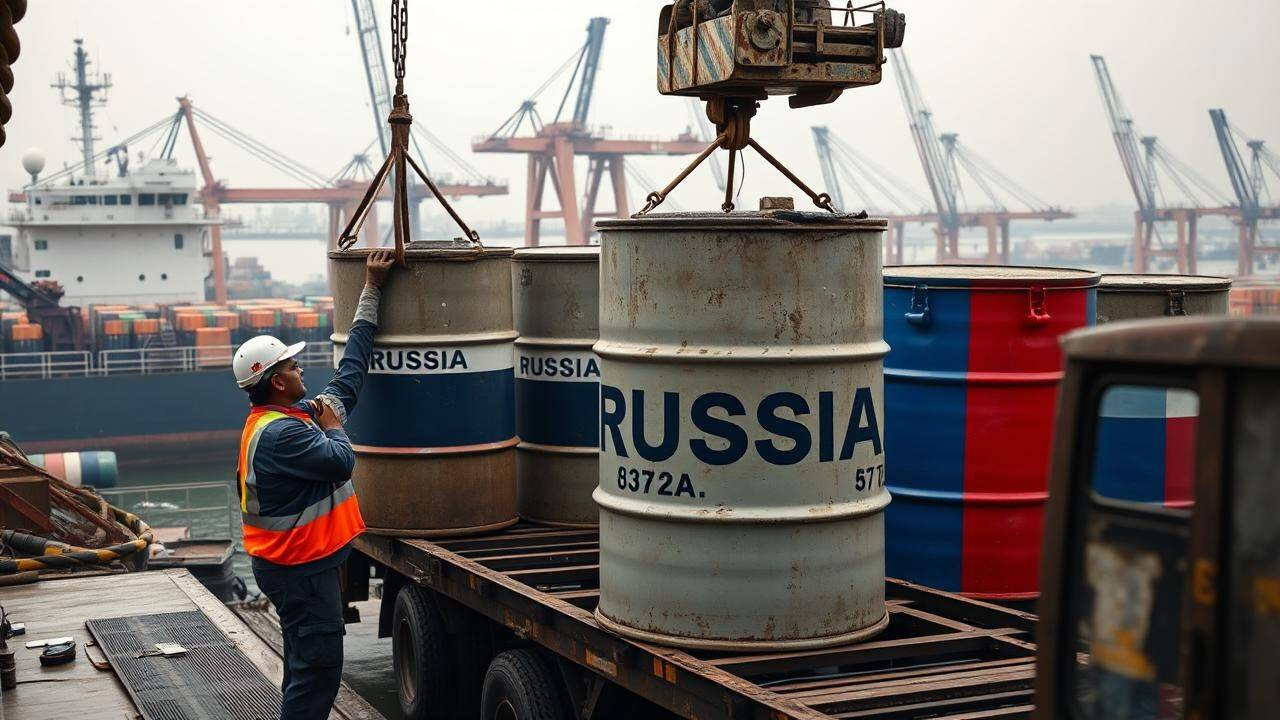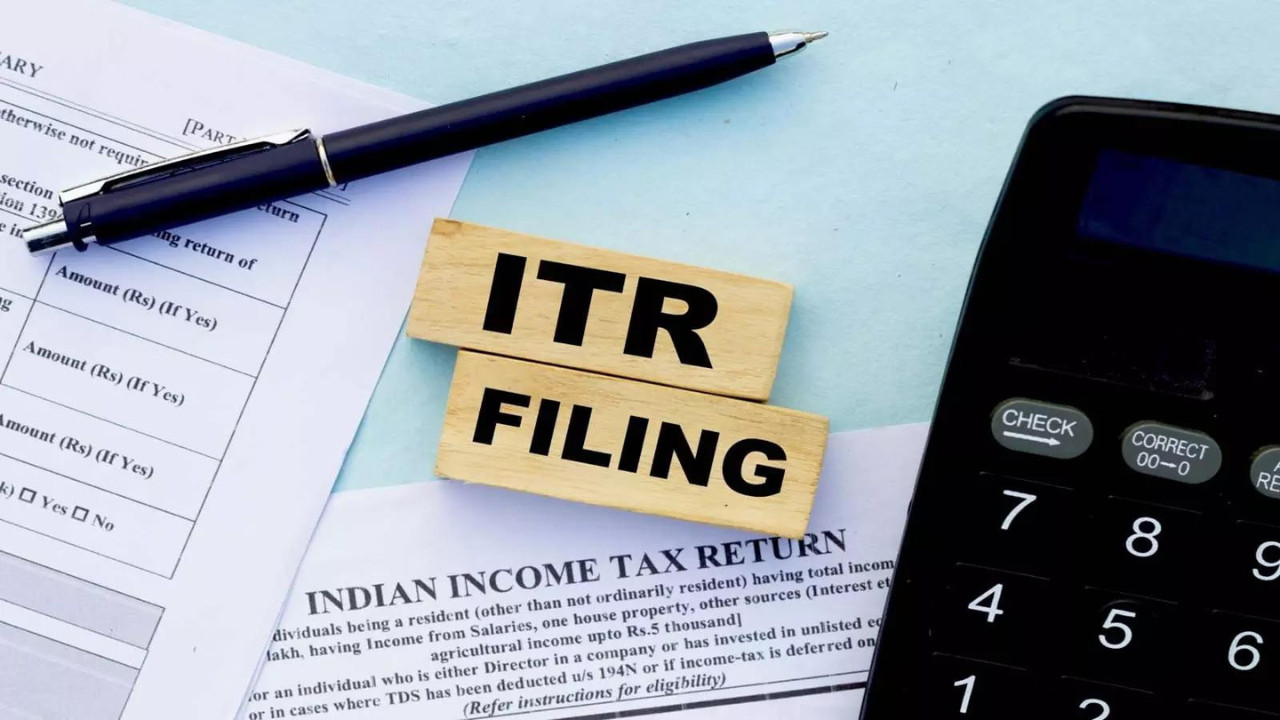A Bank of Baroda report indicates India’s limited exposure to Russian oil export disruptions, estimating an additional $5 billion in annual import expenditure. While India has significantly increased its reliance on Russian oil since 2021-22, a full embargo could severely impact the global economy by potentially driving prices above $80 per barrel. India’s import costs remain manageable.
How Safe is India’s Economy from Russian Oil Volatility?
The global economy feels like it’s walking a tightrope lately, doesn’t it? Between inflation jitters and geopolitical storms, it’s hard to know what to expect next. One of the biggest wildcards in the deck remains the volatile energy market, particularly the impact of disruptions to Russian oil supplies. But how worried should India be? A recent report suggests that while the global economy faces significant headwinds, India’s direct exposure to Russian oil-related shocks might be more manageable than some fear.
India’s Relatively Small Slice of the Russian Oil Pie
While headlines often paint a dramatic picture of global reliance on Russian energy, the reality for India is a bit more nuanced. The report highlights that India’s financial exposure to potential disruptions in Russian oil flows is relatively limited, estimated at around $5 billion. To put that into perspective, that figure represents a small percentage of India’s overall import bill and a fraction of the country’s GDP. Of course, even a small disruption can have ripple effects, but this suggests that India is less directly vulnerable than some other nations that are far more dependent on Russian energy.
This isn’t to say India is entirely immune. A major global energy crisis sparked by further Russian supply cuts would inevitably impact India through higher global oil prices. This, in turn, could fuel inflation, strain the current account deficit, and potentially slow down economic growth. However, the direct financial hit related to Russian oil deals themselves appears to be contained.
Why a Global Oil Shock Still Matters
Even with limited direct exposure, India can’t completely escape the consequences of a global energy crisis. The report emphasizes that the global economy faces a much graver risk. Think of it like this: even if your neighbor’s house isn’t directly connected to yours, a fire next door can still pose a threat. Similarly, disruptions in global oil markets invariably lead to price spikes, impacting energy costs for everyone, including India. This can lead to:
* Increased Inflation: Higher oil prices translate to higher transportation costs, increased manufacturing expenses, and ultimately, higher prices for consumers. Containing inflation is already a major challenge for the Reserve Bank of India (RBI), and a global oil shock would only exacerbate the problem.
* Current Account Woes: India is a major oil importer. A surge in oil prices would widen the current account deficit (the difference between a country’s imports and exports), putting pressure on the Indian rupee and potentially impacting investor confidence.
* Slower Economic Growth: High energy prices can act as a drag on economic activity, reducing consumer spending and business investment.
Navigating the Energy Maze: What Can India Do?
So, what steps can India take to mitigate the risks posed by global oil market volatility? A multi-pronged approach is key:
* Diversifying Energy Sources: Reducing dependence on any single source of energy is paramount. This involves investing in renewable energy sources like solar and wind power, as well as exploring alternative fuel options. India has made strides in this direction, but there’s still a long way to go.
* Strategic Oil Reserves: Maintaining healthy strategic oil reserves can act as a buffer against short-term supply disruptions. These reserves allow India to weather temporary price spikes and provide a degree of energy security.
* Diplomacy and Dialogue: Engaging in proactive diplomacy with oil-producing nations is essential to ensure stable and predictable supply. Maintaining open communication channels can help to mitigate potential disruptions and secure favorable supply agreements.
* Promoting Energy Efficiency: Encouraging energy conservation and promoting energy-efficient technologies can reduce overall demand for oil, lessening the impact of price fluctuations.

This proactive approach, combined with a bit of good fortune on the global stage, can shield India’s economic engine.
India’s resilience in the Face of Energy Uncertainty
While a global oil shock would undoubtedly present challenges for India, the report suggests that the country’s direct exposure to Russian oil disruptions is relatively limited. However, the indirect impacts of higher global prices cannot be ignored. By pursuing a strategy of energy diversification, strategic reserves, and proactive diplomacy, India can bolster its resilience and navigate the choppy waters of the global energy market. See how India’s solar energy push is helping it diversify. The path forward requires vigilance and adaptability, but India is well-positioned to weather the storm.







